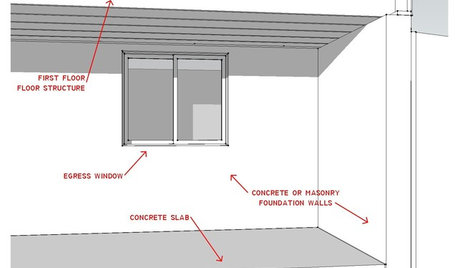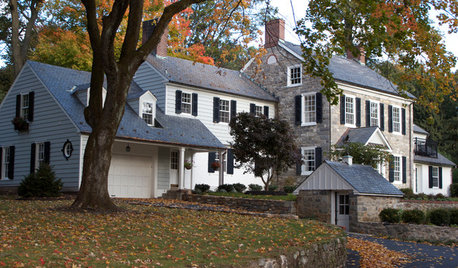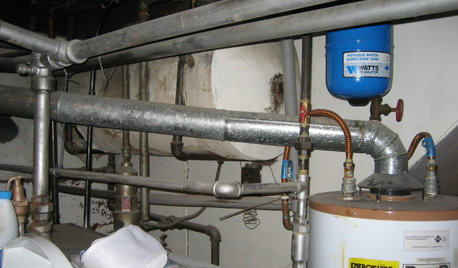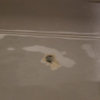Seepage around sewer pipe at foundation
mary_228
15 years ago
Featured Answer
Comments (12)
davidandkasie
15 years agomary_228
15 years agoRelated Professionals
Cocoa Beach Kitchen & Bathroom Remodelers · Vancouver Kitchen & Bathroom Remodelers · Chillicothe General Contractors · DeSoto General Contractors · Harvey General Contractors · Janesville General Contractors · Keene General Contractors · Nampa General Contractors · Salem General Contractors · Seal Beach General Contractors · Brea Painters · Brighton Painters · Burlington Painters · Meadow Woods Painters · Solana Beach Paintersdavidandkasie
15 years agodavidandkasie
15 years agolazypup
15 years agomary_228
15 years agoron6519
15 years agomary_228
15 years agohendricus
15 years agomary_228
15 years agohendricus
15 years ago
Related Stories

LANDSCAPE DESIGNHow to Move Water Through Your Landscape
Swales, underground pipes or a mix of both: There’s more than one way to distribute water in the garden
Full Story
BASEMENTSDesign Workshop: Is It Time to Let Basements Become Extinct?
Costly and often unnecessary, basements may become obsolete — if they aren’t already. Here are responses to every reason to keep them around
Full Story
HOUSEKEEPINGWhat's That Sound? 9 Home Noises and How to Fix Them
Bumps and thumps might be driving you crazy, but they also might mean big trouble. We give you the lowdown and which pro to call for help
Full Story
REMODELING GUIDESKnow Your House: The Steps in Finishing a Basement
Learn what it takes to finish a basement before you consider converting it into a playroom, office, guest room or gym
Full Story
HOUSEKEEPINGIt’s Time to Clean Your Gutters — Here’s How
Follow these steps to care for your gutters so they can continue to protect your house
Full Story
GARDENING GUIDESNew Ways to Think About All That Mulch in the Garden
Before you go making a mountain out of a mulch hill, learn the facts about what your plants and soil really want
Full Story
REMODELING GUIDES7 Bad Things Your Home May Be Hiding
What you don't know about your home could cost you during a remodel. Here's what to plan for
Full Story
LIVING ROOMSBelow My Houzz: An Inviting Basement With Industrial Edge
Reconfiguring a cramped, damp basement opens up a new world of sleek, functional spaces
Full Story
MONTHLY HOME CHECKLISTSOctober Checklist for a Smooth-Running Home
You're due for some winterizing, like clearing rain gutters and stowing swimsuits — but leave time for a fun project
Full Story
GREEN BUILDINGThe Passive House: What It Is and Why You Should Care
If you don’t understand passive design, you could be throwing money out the window
Full Story







mary_228Original Author